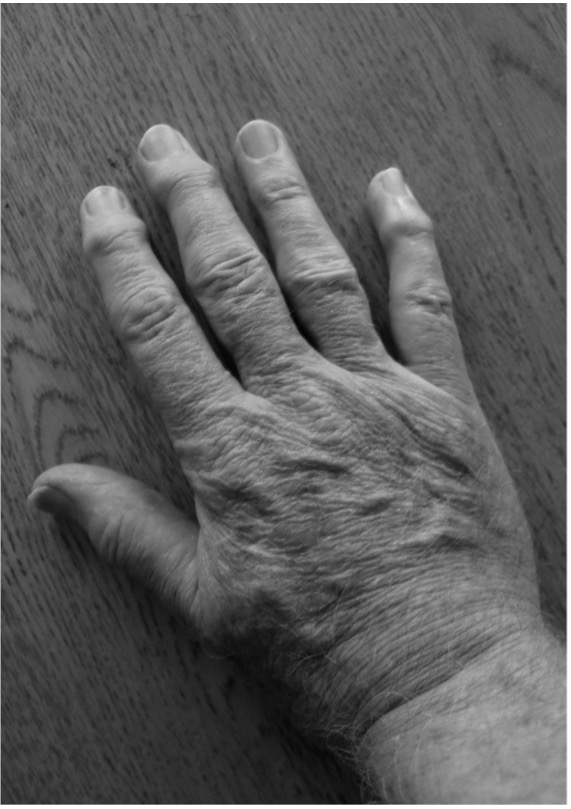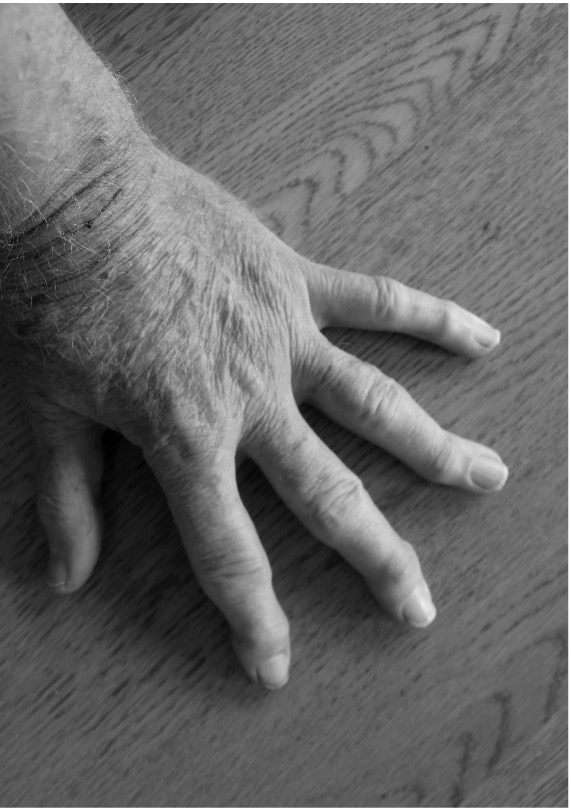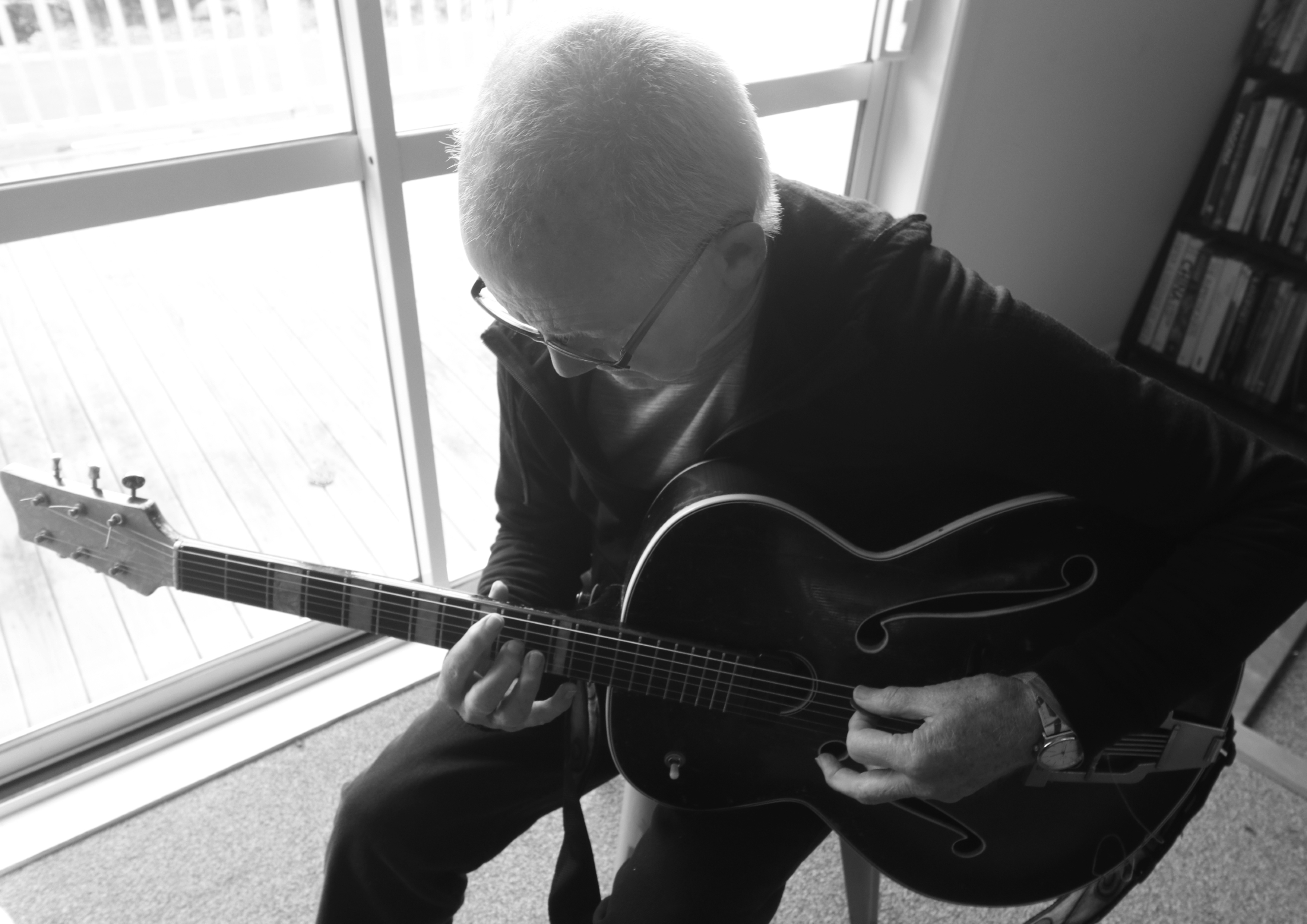Here, initially, are just a few things that might not be directly related to this.
When I first started to learn to play the guitar ‘properly’, I went to have lessons with Jack Abrahams, a local jazz guitarist, recommended by Steve Beresford’s brother Peter. This would have been about 1972/73. I was 19/20. I knew nothing really, about music or the guitar and not much has changed, but I think he realised that what I wanted was to be technically proficient – good technique, find my way around the neck, good left-hand technique and all that stuff.
He’d been playing for years and for some reason, he’d just decided that he wasn’t as fast as he wanted to be. I think he realised that there were other guitarists ‘out in the world’ who were able to get across the strings much faster. So, he decided that he’d go and ask some of the well-known guitar teachers (Ivor Mairants might have been one of them) what he could do to pick up the pace. In all the time he’d been a player, he had rested the little finger of his right hand on the scratch-plate and all the people he talked to said this was badly impeding his technique and it was slowing him down too much. The only way was to stop altogether and restart with his hand off the guitar.
And it’s about there when I first met him. I never rested my left hand (I’m left-handed, right) on the guitar after that. So, I practised a lot and Jack showed me all about where everything is. All the practising I did established a muscle memory that I’m still using today. But, about 20 years ago, I started to get some problems with arthritis in the hands. This has been progressing slowly over the years and involves swollen and sometimes painful joints in the hands – the left worse than the right. Some of the finger joints stick out at slightly odd angles. And things change, too. I have not been able to make fists with either hand for a while. It has changed how I can access the strings and also how I hold the pick (as well as grasp things in general – I have decreasing hand strength).

Over the years, it has become increasing difficult to ignore. So, after a while, I realised that something had to be done. Now, I need to go back to Jack A. We would spend a fair bit of time during the lessons, and then later at the pub, talking about improvisation/the ‘classical avant garde’ and other topics such as Derek Bailey. At some point during this, various strategies around extended techniques and the set up of the guitar would come up. Jack thought that alternative tunings might be worth looking into, particularly tuning in thirds.
I didn’t think much more about this until about five years ago. I would spend some time trying out different tunings, altering individual strings just to see how it would sound. I would often change it back to standard (EADGBE). But what I did find was that the stretches between various intervals, particularly minor seconds and harmonics, were much closer – covering fewer frets. Although I use fairly heavy strings on the arch-top, I don’t suffer from an inability, at least at the moment, of applying pressure to fret the note. The major problem is accuracy in finger placement which causes muffled or dead/unvoiced notes (I try to pretend that it’s intentional). Accuracy increases as I get nearer the top strings.
Now, I only use altered tunings (F#, A, D#, G, B, D# at the moment). And it does help. And I’ve had to slow down. Well gone are the days of McLaughlinesque rips across the neck. Probably a good thing.
The left hand suffers more from the inability to make a fist. I can hold the pick between thumb and index finger, but can’t bring the other fingers to support it. I often have to stop and readjust the pick position between the fingers. If I’m playing harder, eg for accent, I often drop the pick. Also, the hand tenses and cramps. And yes, I am relaxing. But, now that the other three fingers of the left hand point down, I can use them if I want to, to pick the strings, including behind the bridge.

Lately, I’ve been playing the electric (solid body) guitar. I’m using the same tunings as on the arch-top, but the strings are a lighter gauge. So, I use a lighter (thinner) pick. The idea here was to play with a lighter left hand because I didn’t have to project as much. Using an amplifier was supposed to avoid having to hit the strings as hard (so I could go quicker). However, I can’t feel the pick and it rotates between the fingers. I have to stop to reposition it or I drop it. So, very recently, I’ve started to tape it to my fingers. I wrap a bandaid around the first knuckle of the index finger and strategically attach a Velcro dot to it. I attach another Velcro dot to one side of the pick. Theoretically, this should hold the pick in place. Seems to work OK at the moment. Just getting used to it. Micropore seems to work best.
These are very slight adjustments which are compensating for age-related problems. I haven’t had to go back to the beginning to find other things to do either because I wanted to or because there was a physical necessity. I’d probably have given up.
Coincidentally, I’ve just managed to get my old minidisc player working. I used to use this to record the Vitamin S Pool Nights in the 2000s. At the moment I’m listening through loads of discs. There are some with me on and it’s noticeable how many things I could do then that have dropped away over the past 10 – 15 years and which have been gradually replaced, almost imperceptibly, by different strategies.
